In machine vision systems, a good lens is equivalent to a person having good eyes. A good industrial lens is well represented in terms of resolution, sharpness, and depth of field. There are various types of industrial lenses, which can be divided into industrial zoom lenses and fixed-focus industrial lenses according to different focusing methods. The focal length of industrial zoom lenses is variable, which is suitable for the detection of changing objects.
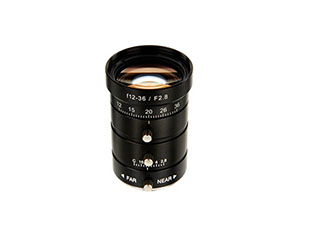
To obtain the expected imaging effect, the high definition of the lens is the basis of the system. The clarity of the industrial zoom lens is usually determined by the material and purity of the lens, the grinding accuracy of the lens, and the coating accuracy of the lens, but in actual use , the following factors will also affect the sharpness of industrial zoom lenses.
1. Focal length: the smaller the focal length, the greater the depth of field, the greater the distortion, and the more serious the vignetting phenomenon, which reduces the illumination at the edge of the aberration;
2. Aperture size: The larger the aperture, the higher the image brightness, the smaller the depth of field, and the higher the resolution;
3. The center and edge of the image field of the lens: Generally, the center of the image field has higher resolution and higher illumination than the edge;
4. Light wave length: Under the same industrial camera and lens parameters, the shorter the light wave wavelength of the illumination light source, the higher the resolution of the obtained image. Therefore, in the vision system that requires precise size and position measurement, try to use short-wavelength monochromatic light as the illumination light source, which has a great effect on improving the system accuracy.
As a professional optical lens manufacturer, Pumis can provide zoom industrial lenses with various parameters to meet the needs of different customers.
Product recommendation
TECHNICAL SOLUTION
MORE+You may also be interested in the following information
FREE CONSULTING SERVICE
Let’s help you to find the right solution for your project!
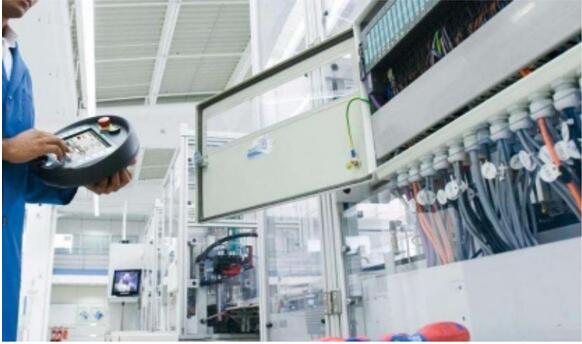

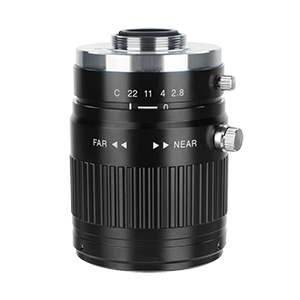
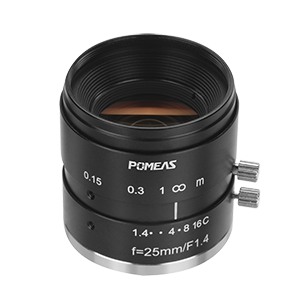
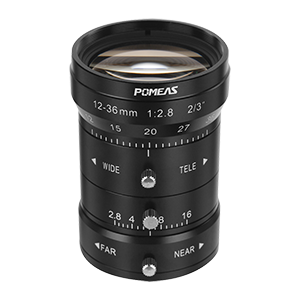
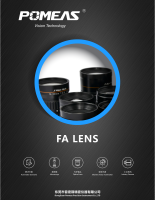

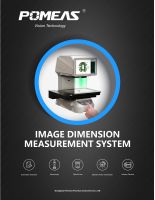
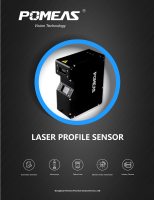
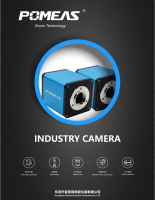
 ASK POMEAS
ASK POMEAS  PRICE INQUIRY
PRICE INQUIRY  REQUEST DEMO/TEST
REQUEST DEMO/TEST  FREE TRIAL UNIT
FREE TRIAL UNIT  ACCURATE SELECTION
ACCURATE SELECTION  ADDRESS
ADDRESS Tel:+ 86-0769-2266 0867
Tel:+ 86-0769-2266 0867 Fax:+ 86-0769-2266 0857
Fax:+ 86-0769-2266 0857 E-mail:marketing@pomeas.com
E-mail:marketing@pomeas.com
